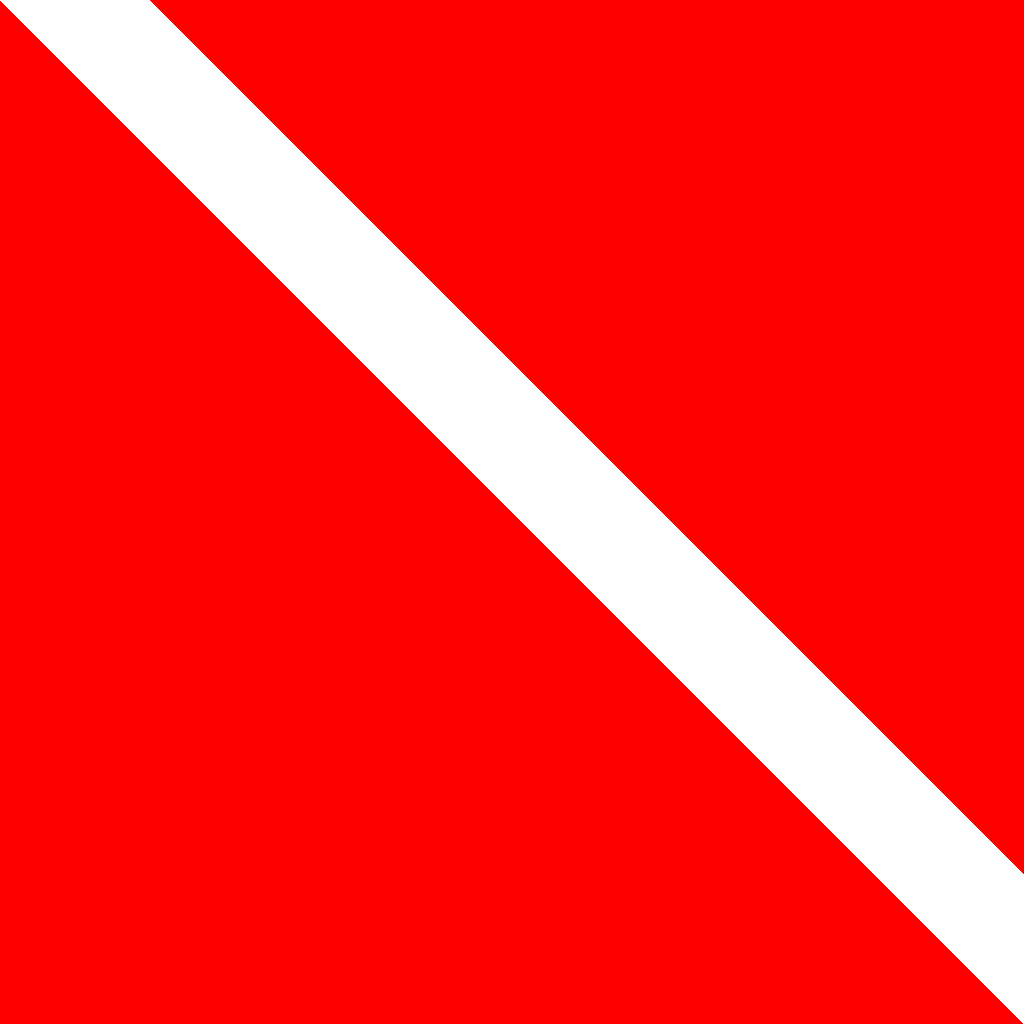Surface Interval
Definition
A surface interval is the amount of time a diver spends at the surface between dives to off-gas nitrogen.
More on Surface Interval
Surface intervals are crucial for dive safety. After a dive, nitrogen absorbed into body tissues must be off-gassed before subsequent dives to reduce the risk of decompression sickness. Dive tables and dive computers account for surface intervals when calculating no-decompression limits. Longer surface intervals allow more nitrogen to leave the body, enabling longer or deeper second dives. Tracking and planning them is a core part of safe dive planning.
Frequently Asked Questions
They allow your body to eliminate excess nitrogen before the next dive, reducing DCS risk.
It depends on your previous dive profile, but 1–2 hours is typical for recreational diving.
Use your dive computer or manual tables, which log start and end times at the surface.
No. Flying requires a longer wait—typically 12–24 hours after diving, not just a surface interval.
Yes, being well-hydrated improves circulation and aids nitrogen off-gassing.
